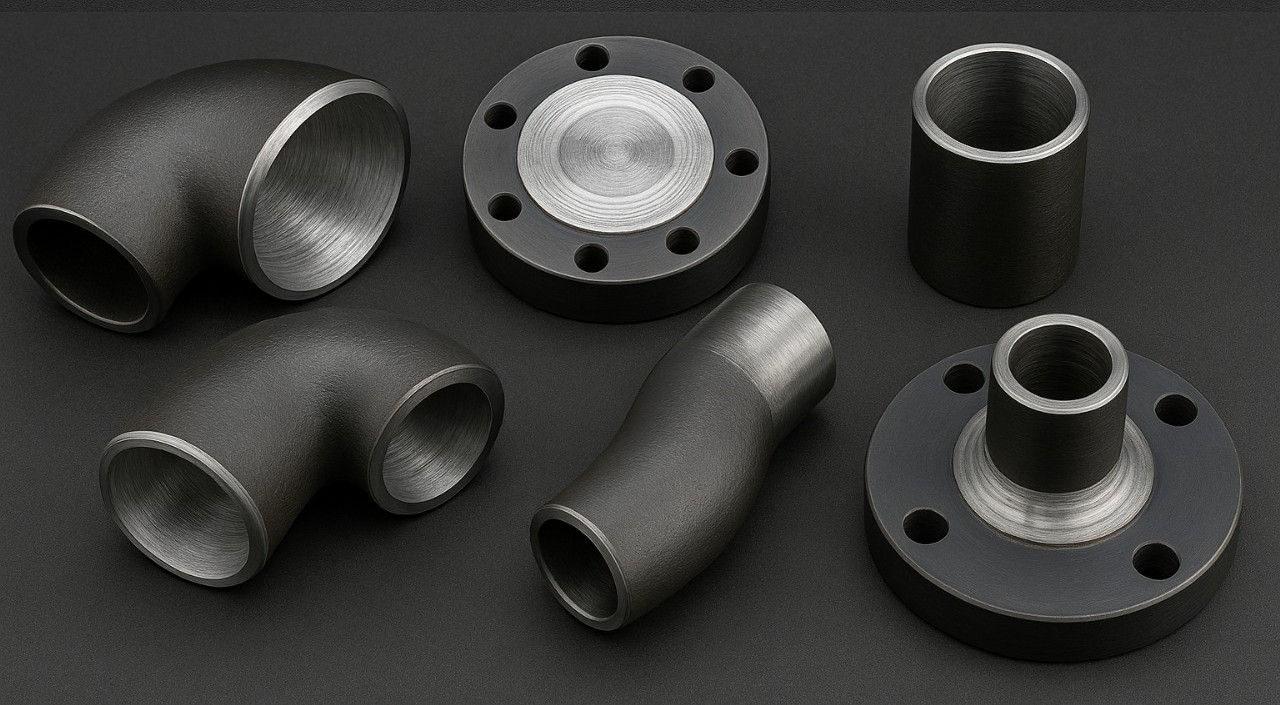Cladding

In highly corrosive environment or for transporting highly corrosive liquid, it is generally preferred to use Corrosion Resistant Alloy (CRA). However, the cost of CRA Pipes is extremely expensive, which leads cost overrun of the project. In order to overcome this high economic cost, Cladding is the process by which cost can be reduced drastically.
What is Cladding?
Cladding is the process by which layer of Corrosion Resistant Alloy (CRA) is bonded internally or to the normal Carbon Steel (CS) Pipe by various processes. There by providing corrosion resistant properties of CRA and Mechanical Properties of Carbon Steel Pipes. Hence, overall cost is brought down drastically. Efficacy of the Cladded Pipes is same as CRA Pipes. Apart from Pipes, Cladding Process can be carried out on Fittings, as well as on Valves too. Cladding process can be carried out externally as well as internally, depending upon requirements.
Internal Cladding
Internal cladding involves applying a layer of corrosion-resistant alloy to the inside surface of a carbon steel pipe. This is particularly useful for pipes that transport corrosive fluids.
External Cladding
External cladding involves applying a layer of corrosion-resistant alloy to the outside surface of a carbon steel pipe. This is useful for pipes that are exposed to corrosive environments.
Weld Overlay Cladding
Weld overlay cladding is a process where a layer of corrosion-resistant alloy is welded onto the surface of a carbon steel pipe. This creates a metallurgical bond between the two materials.
Benefits of Cladding
Cost Efficiency
Cladding provides the corrosion resistance of expensive alloys at a fraction of the cost of solid alloy components.
Corrosion Resistance
Cladded pipes offer excellent resistance to corrosive environments, extending the lifespan of the equipment.
Mechanical Strength
The carbon steel base provides excellent mechanical properties, ensuring structural integrity.
Versatility
Cladding can be applied to various components, including pipes, fittings, valves, and vessels.
Longevity
Cladded components have a longer service life in corrosive environments compared to standard carbon steel components.
Customization
Different cladding materials can be selected based on specific corrosion resistance requirements.
Our Cladding Process
Material Selection
We carefully select the base material (carbon steel) and the cladding material (corrosion-resistant alloy) based on the specific requirements of the application.
Surface Preparation
The surface of the base material is thoroughly cleaned and prepared to ensure proper bonding with the cladding material.
Cladding Application
The cladding material is applied to the base material using the most appropriate method, such as weld overlay, roll bonding, or explosive cladding.
Quality Control
Rigorous quality control measures are implemented to ensure the integrity of the cladding, including non-destructive testing and visual inspection.
Final Processing
The cladded component undergoes final processing, such as heat treatment, machining, or surface finishing, to meet the required specifications.